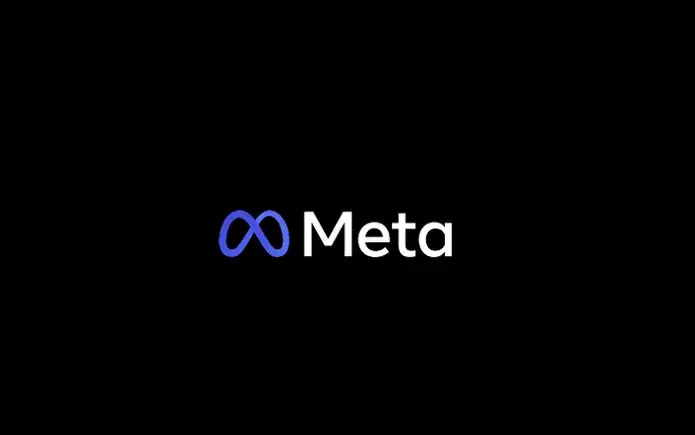In recent months, Meta has made significant changes to its advertising platform by removing detailed targeting exclusions as an option for new campaigns. This decision has raised some concerns among advertisers who have relied on these exclusions to refine their ad audience based on demographics, interests, and behaviors.
Meta found that over time, detailed targeting exclusions actually limited ad effectiveness, despite advertisers believing that they would improve performance. The company’s advanced AI systems are now more capable of displaying the right ads to the right users at the right time, leading to overall improvements in campaign performance. In fact, Meta reported that the median cost per conversion for ad campaigns improved by 22.6% when detailed targeting exclusions were removed from the mix.
The announcement of the removal of detailed targeting exclusions was not made public until recently, but Meta had initially alerted advertisers about the change back in May. Despite some confusion regarding the timeline, Meta eventually removed these exclusions from new campaigns, while existing campaigns utilizing audience exclusions will remain unaffected until January 31, 2025.
While detailed targeting exclusions are no longer available for new campaigns, advertisers can still use alternative exclusion options such as custom audience exclusions and audience controls in their account-level advertising settings. These options allow advertisers to restrict audiences based on brand protection or employment, providing some degree of control even without detailed targeting exclusions within campaign setup.
Meta’s decision to remove detailed targeting exclusions aligns with its future vision of creating a fully automated advertising platform. The company aims to streamline the ad creation process by utilizing AI systems to generate optimized ad descriptions, custom product visuals, and a range of variants based on a product URL entered by the advertiser. While this approach may seem counterintuitive, Meta’s AI system relies on extensive ad and audience engagement knowledge to create ads that are more likely to connect with users.
Meta’s removal of detailed targeting exclusions highlights the company’s commitment to improving ad effectiveness and streamlining the ad creation process. While this change may initially seem disruptive, it ultimately aims to benefit advertisers by leveraging Meta’s advanced AI systems to reach the right audience at the right time. Advertisers should embrace these changes and explore alternative exclusion options to maximize the effectiveness of their campaigns in the evolving landscape of digital advertising.


Leave a Reply